Who Needs the Government to Go to Venus?
Private institutions and funders are expanding knowledge by paying for exploration and basic science beyond Earth.
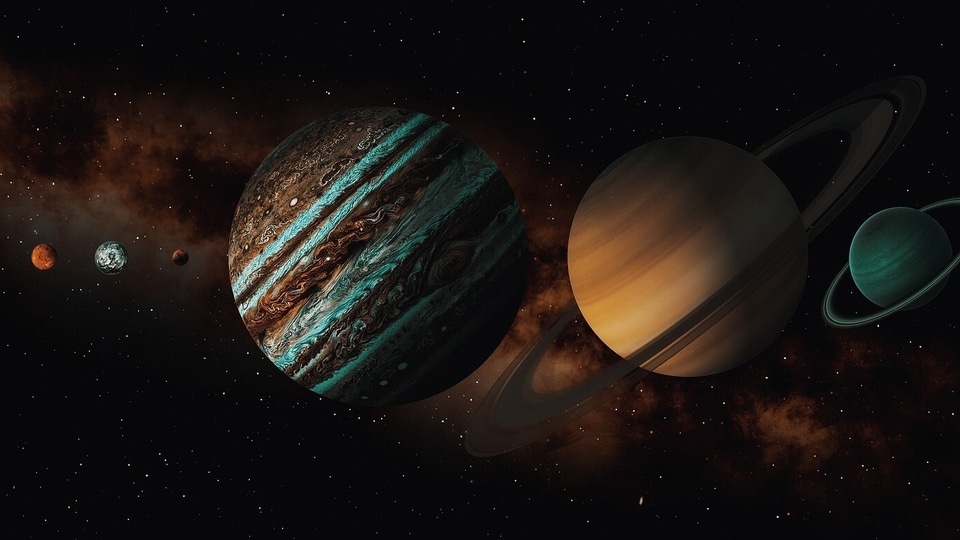
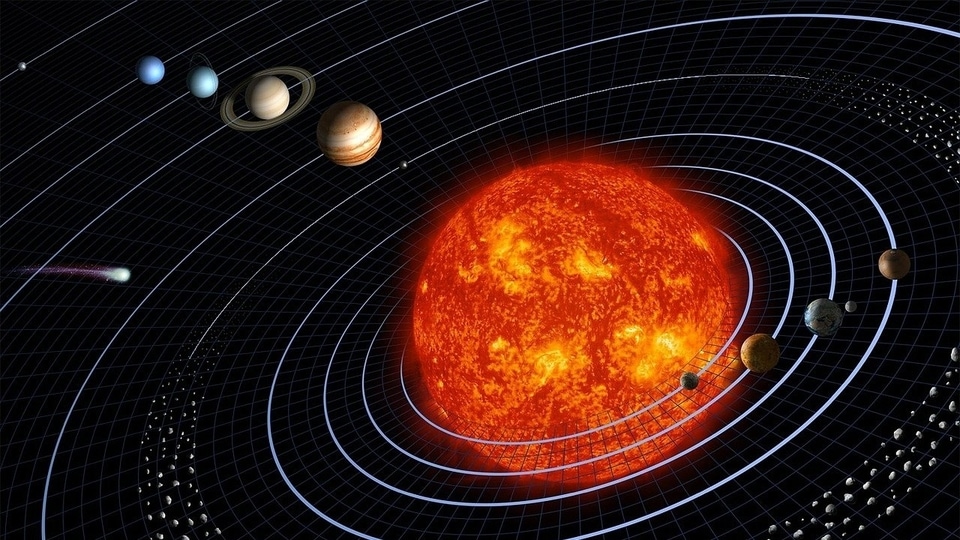

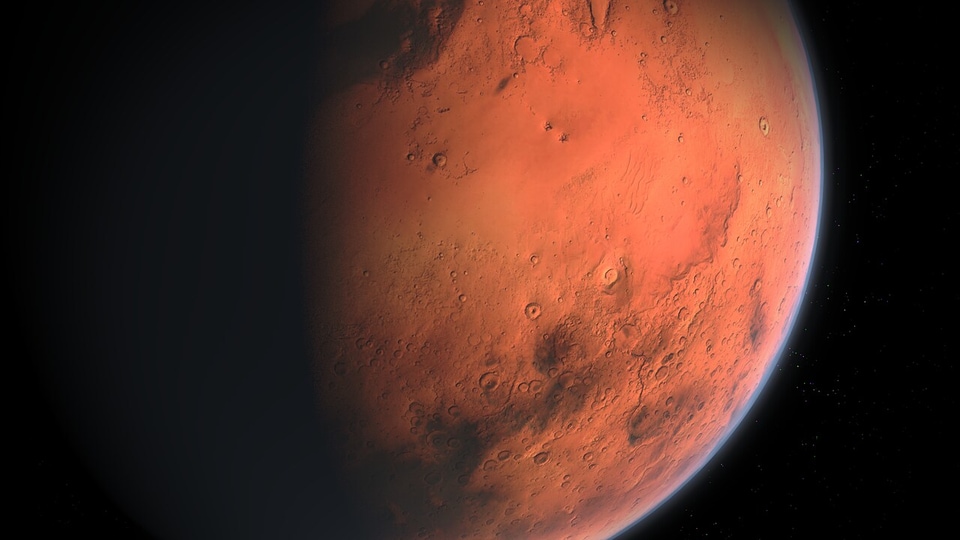
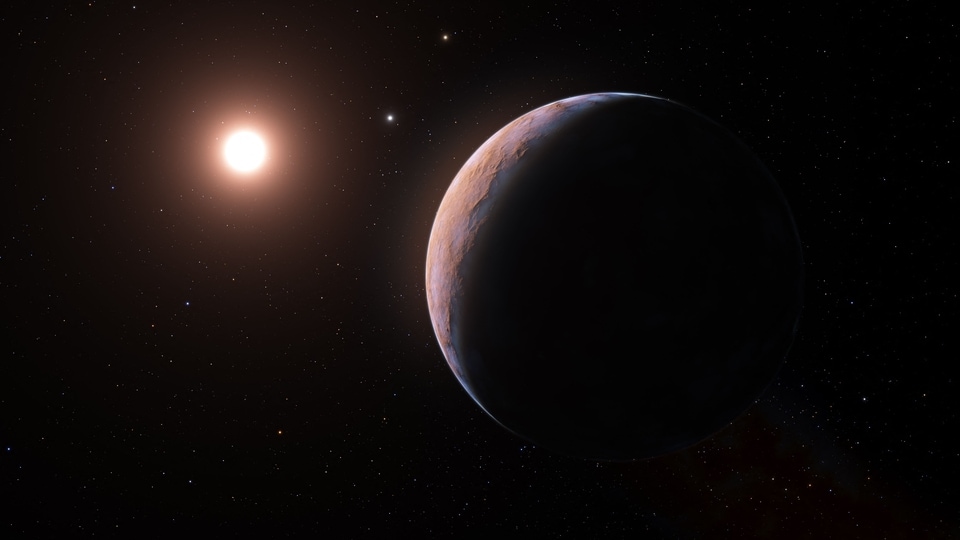
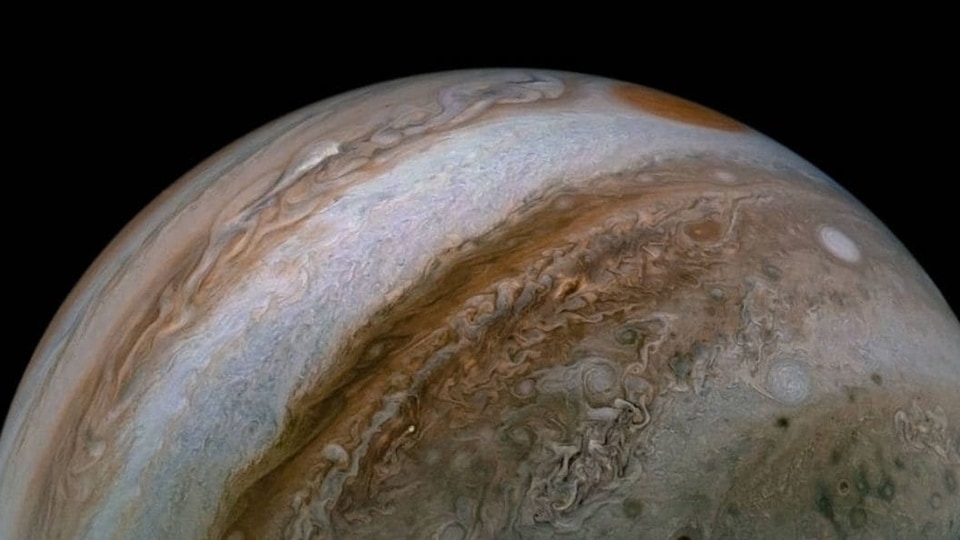
_1658167160872_1661844782819_1661844782819.jpg)
 View all Images
View all ImagesSpace scientists have waited nearly four decades to send a taxpayer-financed spacecraft on a death plunge into the atmosphere of Venus. On Tuesday, Rocket Lab USA Inc., a private space launch provider, announced that the wait is nearly over. But rather than rely on a government space agency to pay the fare, Rocket Lab will finance the mission itself, launching in May 2023. If successful, it will become the first private spacecraft to visit another planet.
It won't be the last. Thanks to the emergence of private, low-cost rockets and satellites, space science is about to undergo a welcome revolution. No longer will scientists need to rely solely upon taxpayer and government largesse to explore the solar system. Instead, private institutions and funders will increasingly play a crucial role in paying for exploration and basic science beyond Earth. Human knowledge will grow as a result of this shift. Eventually, so too will the bottom line.
Historically, science was a private endeavor pursued by those who had the leisure time, money and motivation to do it. Benjamin Franklin's groundbreaking work on electricity was a hobby; so, too, were the flying machines constructed in the Wright brothers' Ohio bicycle workshop. If an individual lacked money, institutional support from universities, scientific societies and museums might fill the gap, as the Smithsonian did for Robert Goddard when he ran short building the first liquid-fueled rockets in the early 20th century.
World War II and the Cold War changed the funding equation. To ensure that innovation remained an engine for the US economy, and for national security reasons, Congress centralized scientific funding in institutions like the National Science Foundation.
Aerospace funding and research was concentrated in the military and in civilian programs like NASA. Some of it, like the moon landings, had an obvious application (beating the Soviets). But other research programs were tilted more to science for science's sake. For example, on Dec. 14, 1962, NASA's Mariner 2 spacecraft conducted the first successful mission to another planet when it flew by Venus. Over the next half-century, NASA and Congress supported dozens of additional robotic explorers, including pioneering flybys of every planet in the solar system.
Yet for all of the scientific merit of these missions, decades can and do pass between the time they are conceived and the time they are launched. In large part, the problem is funding; only a handful of missions are selected out of the dozens that are proposed to NASA.
Fortunately, innovation is starting to erode the government's lock on space exploration. Over the last two decades, private and public entities have developed a new class of small, cost-efficient satellites knowns SmallSats and CubeSats. These miniaturized craft are built to standardized dimensions, some as small as a Rubik's Cube, and typically weigh just a few pounds. Unlike the custom-built satellites that have dominated the space age and can cost hundreds of millions of dollars or more, CubeSats often utilize off-the-shelf consumer-grade components and can cost much less than $1 million. Though they certainly aren't as capable as their larger, bespoke counterparts, the lower cost means that that they can be developed and launched more quickly and less expensively.
Similarly, companies like Rocket Lab and SpaceX have created a private rocket-launch marketplace that's driven down the cost of reaching space substantially. For example, the cost of launching 1 kilogram on NASA's workhorse Space Shuttle, retired in 2011, was roughly $30,000 (in 2021 dollars). Today, a SpaceX Falcon 9 can launch a kilogram for around $1,500. Meanwhile, the number of rockets being launched annually has doubled over the last decade, thereby providing opportunities for smaller satellites that would have never made it into space a decade ago.
Those falling costs are inspiring space scientists, space agencies and space entrepreneurs to rethink what kind of science is possible. In June, Rocket Lab launched Capstone, a microwave oven-sized NASA CubeSat that's taking an unusual, deep space route to orbit the moon (it will arrive in November). The entire mission cost just less than $30 million, one-third of which went to Rocket Lab for the launch and orbital insertion on its spacecraft. Peter Beck, the president and chief executive officer of Rocket Lab, recently told a conference that he views the project as demonstration that, for “tens of millions of dollars” someone can “go and visit an asteroid, go and visit the moon, go and visit another planet.”
As Beck notes, that's never existed before. Now that it does, private companies, individuals and universities can contemplate space exploration without asking for government money. Beck is a good example. He's long spoken publicly of his fascination with Venus. To fulfill his curiosity, Rocket Lab is collaborating with a team from the Massachusetts Institute of Technology on its Venus mission. As planned, it will launch on the same rocket platform responsible for Capstone and carry a small probe with a roughly 1 kilogram scientific payload. It's scientific patronage, a model of funding from an earlier age, and it's just the start.
The price of launching into space will continue to fall over the next few years, and scientists are already thinking seriously about how to take advantage of the savings. Private companies, keen to market their rockets or explore asteroids and planets for possible future mining and other resource extraction, can team up with them on low-cost, high-risk missions. Foundations and universities that fund science can begin imagining grants that pay for deep space exploration. And wealthy individuals with an interest in funding something that others haven't will have a new, prestige-enhancing way of funding science.
It's a scientific revolution of sorts, one that will expand not only human knowledge but human ambition.
Catch all the Latest Tech News, Mobile News, Laptop News, Gaming news, Wearables News , How To News, also keep up with us on Whatsapp channel,Twitter, Facebook, Google News, and Instagram. For our latest videos, subscribe to our YouTube channel.





























